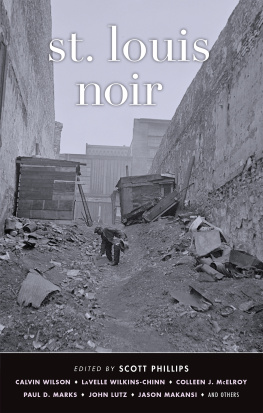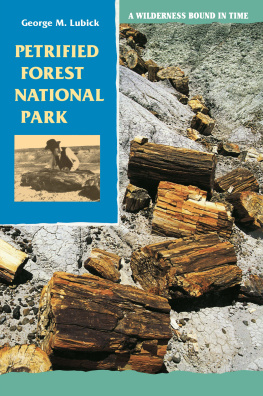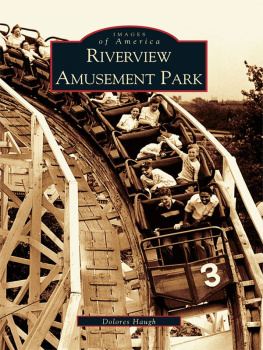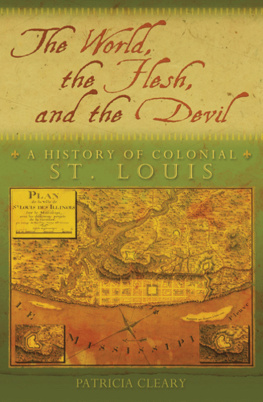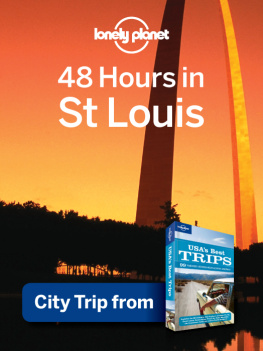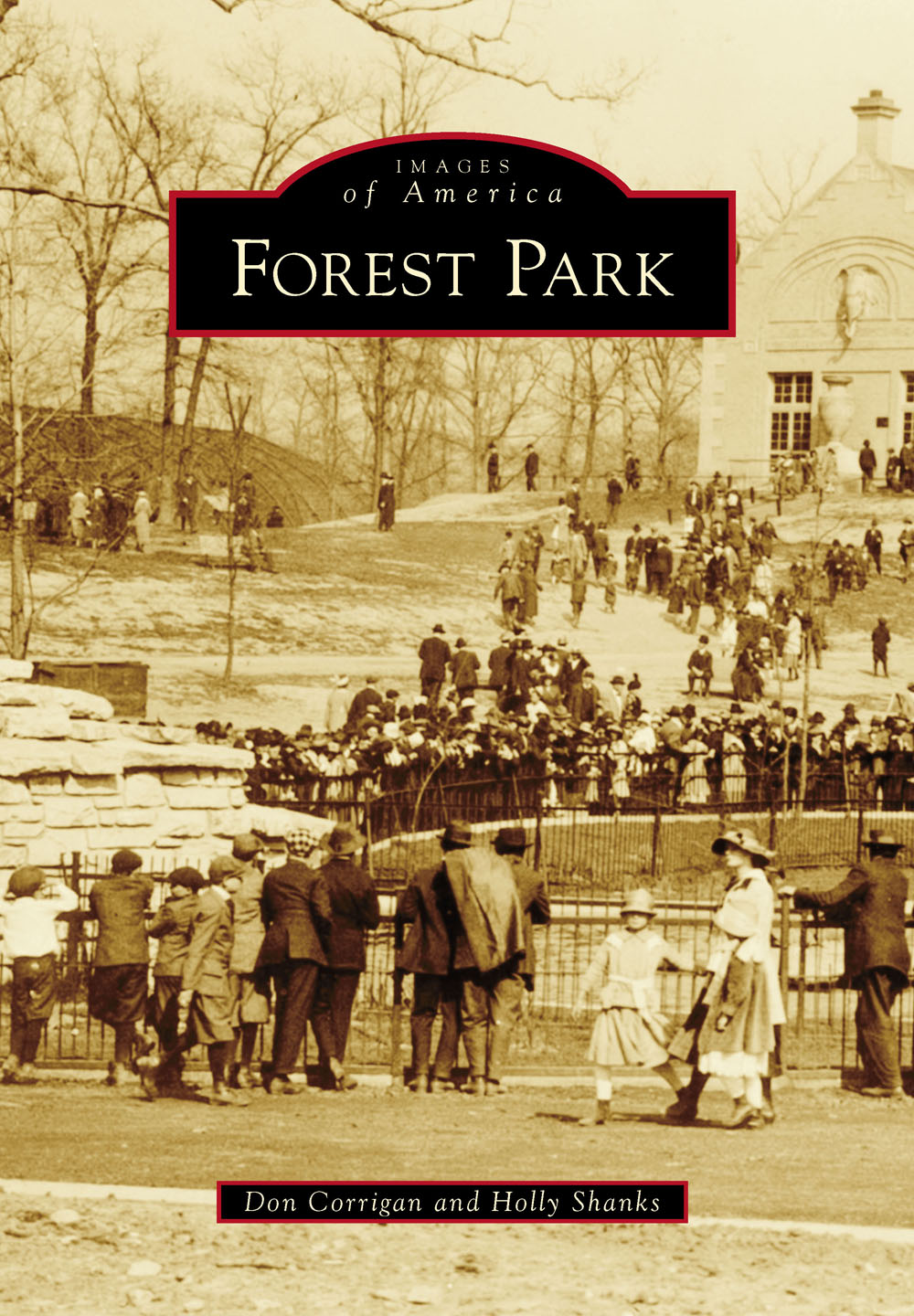
IMAGES
of America
FOREST PARK

This is a Forest Park Forever modern map of Forest Park. Maps of Forest Park have seen many transformations since the sprawling park was officially opened to the public in 1876. The most recent maps reflect improvements made by the City of St. Louis and Forest Park Forever, including a sustainable system of lakes and lagoons with clearly defined borders. (Courtesy Forest Park Forever/H3 Studio, Inc.)
ON THE COVER: A festive gathering assembles at the Saint Louis Zoo, and many in the excited crowd begin the trek up to the zoos first Elephant House. The old Elephant House was built in 1917 to provide a home for the beloved elephant, Miss Jim. To the left of the home for Miss Jim, the upper portion of the 1904 Worlds Fair flight cage for birds can be seen. (Courtesy Saint Louis Zoo Archives.)
IMAGES
of America
FOREST PARK
Don Corrigan and Holly Shanks

Copyright 2017 by Don Corrigan and Holly Shanks
ISBN 978-1-4671-2580-2
Ebook ISBN 9781439663462
Published by Arcadia Publishing
Charleston, South Carolina
Library of Congress Control Number: 2017933261
For all general information, please contact Arcadia Publishing:
Telephone 843-853-2070
Fax 843-853-0044
E-mail
For customer service and orders:
Toll-Free 1-888-313-2665
Visit us on the Internet at www.arcadiapublishing.com
The authors dedicate this book to the more than 13 million people who make Forest Park come alive with their visits each year. They come, they discover, they enjoy, they support Forest Park.
CONTENTS
ACKNOWLEDGMENTS
The institutions and organizations that helped make this book possible are too numerous to mention.
We would like to thank a few of the many people who helped in the process of this book: Sam Moore and Jaime Bourassa with the Missouri History Museum; Charles Hoessle and Christy Childs with the Saint Louis Zoo; Laura Peters with the St. Louis Municipal Opera; Mindy Peirce with the Saint Louis Science Center; Lesley Hoffarth, Stephen Schenkenberg, and Calla Massman with Forest Park Forever; Greg Hayes from the City of St. Louis Department of Parks, Recreation, and Forestry; Dan Zarlenga with the Missouri Department of Conservation; John Beck of KSHE-95; Roze Wolownik with Shakespeare Festival St. Louis; Maggie Hallam with the LouFest Music Festival; Anne Cox, Laura Jolley, and Nancy McIIvaney with the State Historical Society of Missouri; Rachel Aubuchon with the Saint Louis Art Museum; Jen Myerscough and Jean Ponzi with St. Louis Earth Day; Steve Pozaric and Julie Donnelly of Fair Saint Louis; Andrew Colligan with the Missouri Botanical Garden; and Lauren Ross with Bixbys.
Every effort has been made to acknowledge the correct copyright for images. Any errors or omissions are unintentional and should be notified to the authors for corrections to appear in any reprints.
INTRODUCTION
Citizens of the St. Louis region take great pride in their gleaming Gateway Arch, their professional sports teams, and their world-class urban park, Forest Park. Residents like to point out that Forest Park is larger than New York Citys famous Central Park. Forest Park is approximately over 500 acres larger than Central Park and packed with plenty of uplifting attractions.
Of course, St. Louis needed a very large park back in the 1800s. Planners agreed on that when the various interests came together after the Civil War to discuss the proposed park. Businessmen wanted a notable park that would attract visitors and hike nearby real estate values. Reformers, recreationists, and clergy wanted a park that could be a place of solace and refuge for workers, immigrants, and the poor. Politicians took note of the work a major park might provide for the unemployed party faithful.
St. Louis also needed a very large park because, as a top-tier city, it would need such a space when it came to hosting a worlds fair. The 1904 event, otherwise known as the Louisiana Purchase Exposition, was designed to show off all the marvels of science, industry, culture, and the arts. There was a Palace of Electricity filled with dynamos, magnetic coils, and devices of the future. There was a wireless tower transmitting messages at 25 to 30 words per minute. There were performers and animals aplenty on the one-mile Ten Million Dollar Pike, also known simply as the Pike, at the fair. There was a Palace of Education highlighting advances in learning from kindergarten to college. There was a Palace of Fine Arts for exhibiting archival images and treasures of the art world.
When the 1904 Worlds Fair concluded and the towers and palaces came down, St. Louis tried to restore the park to its former self, but that could never happen. The Louisiana Purchase Exposition of 1904, which brought visitors from around the globe, had a lasting impact on this grand city of the Midwest and its park. This became evident as prominent museums and renowned institutions began to find a permanent home on the expanse of Forest Park.
This book dedicates a chapter to each of the parks incredible institutions of art, science, and culture. The history of these institutions is the history of St. Louis and, indeed, the history of America. Consider the Missouri History Museum, which, in 1913, unveiled the first towering sculpture of the third US president, Thomas Jefferson, even as it began to document the settlement of the West. Consider how just 14 years later, that same museum would play a role in honoring an aviator named Charles A. Lindbergh, who conquered space and time with the first transatlantic flight. A replica of his airplane, Spirit of St. Louis, can be found at the museum to this day.
Two institutions that can trace their lineage directly to the 1904 Worlds Fair are the Saint Louis Art Museum and the Saint Louis Zoo. The Palace of Fine Arts from the 1904 exposition became the Saint Louis Art Museum, which today is fronted by a familiar symbol of St. Louis, the statue of Frances King Louis IX from the 1904 Worlds Fair. The giant birdcage left in the park from the 1904 event was scheduled to be taken apart and moved to the National Zoo. St. Louis residents rallied to keep it in their town, and in a few short years, it became part of a new Saint Louis Zoo in Forest Park.
This book notes how the Saint Louis Art Museum has grown with a new century. It has expanded its collections and added new galleries as well as an outdoor sculpture garden. The Saint Louis Zoo, too, has come a long way since first acquiring the giant elliptical birdcage from the 1904 Worlds Fair. In 2016, the zoo was rated the best free attraction in the United States by the USA Today Readers Choice Awards Program. It was selected as the winner over Central Park in New York City, Millennium Park in Chicago, and the Golden Gate Bridge in San Francisco.
The St. Louis Municipal Opera, or Muny, at Forest Park is another St. Louis institution singled out for coverage in this book. In 2019, the granddaddy of summer stock theatres can celebrate a century of dancing, singing, operas, and musicals. The Muny has made memories for many St. Louis families with bright stars who have graced its stage over the years, including Bob Hope, Cab Calloway, Yul Brynner, Gene Kelly, Debbie Reynolds, Richard Harris, Mitzi Gaynor, Phyllis Diller, Red Skelton, Cary Grant, John Travolta, and more.
Stars of a different kind can be found just south of the Muny at the McDonnell Planetarium in Forest Park. Dedicated in 1962, the planetarium has dazzled people with its saucerlike exterior and astonished people with what goes on in its interior, from star and meteor displays to laser shows. By 2001, the planetarium had grown and linked to a multibuilding science center with displays, exhibitions, a five-story theater, and more. All of this propelled the Saint Louis Science Center to be rated as one of the top five such facilities in the country.
Next page

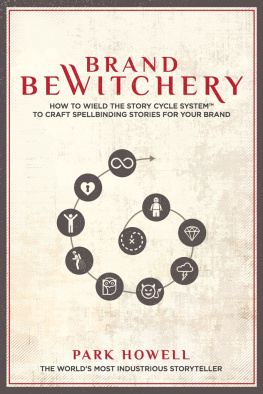
![Louis de Montfort - The Saint Louis de Montfort Collection [7 Books]](/uploads/posts/book/265822/thumbs/louis-de-montfort-the-saint-louis-de-montfort.jpg)
